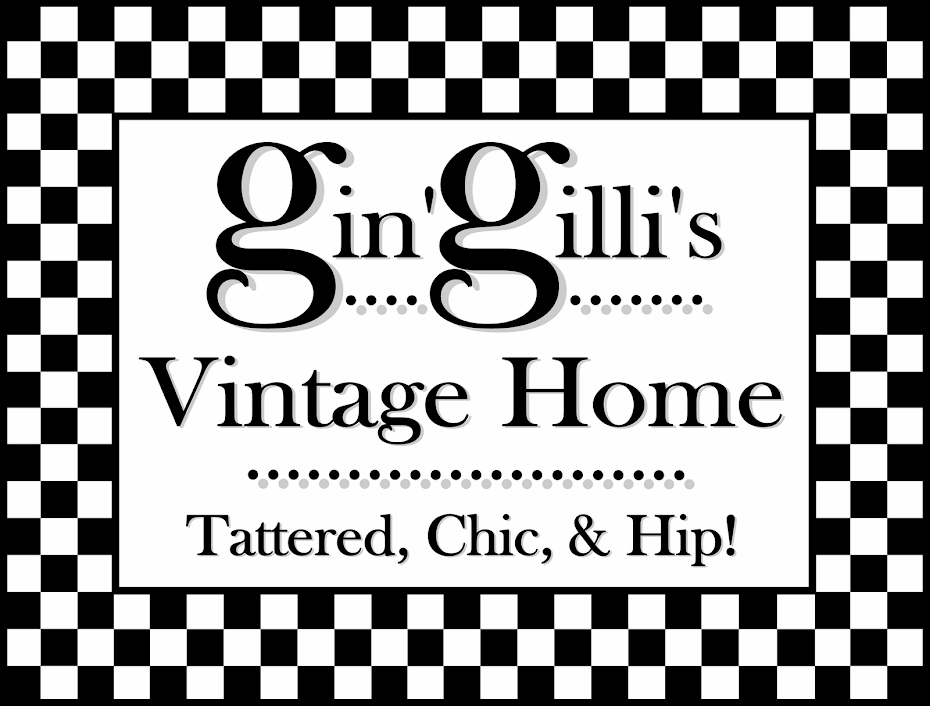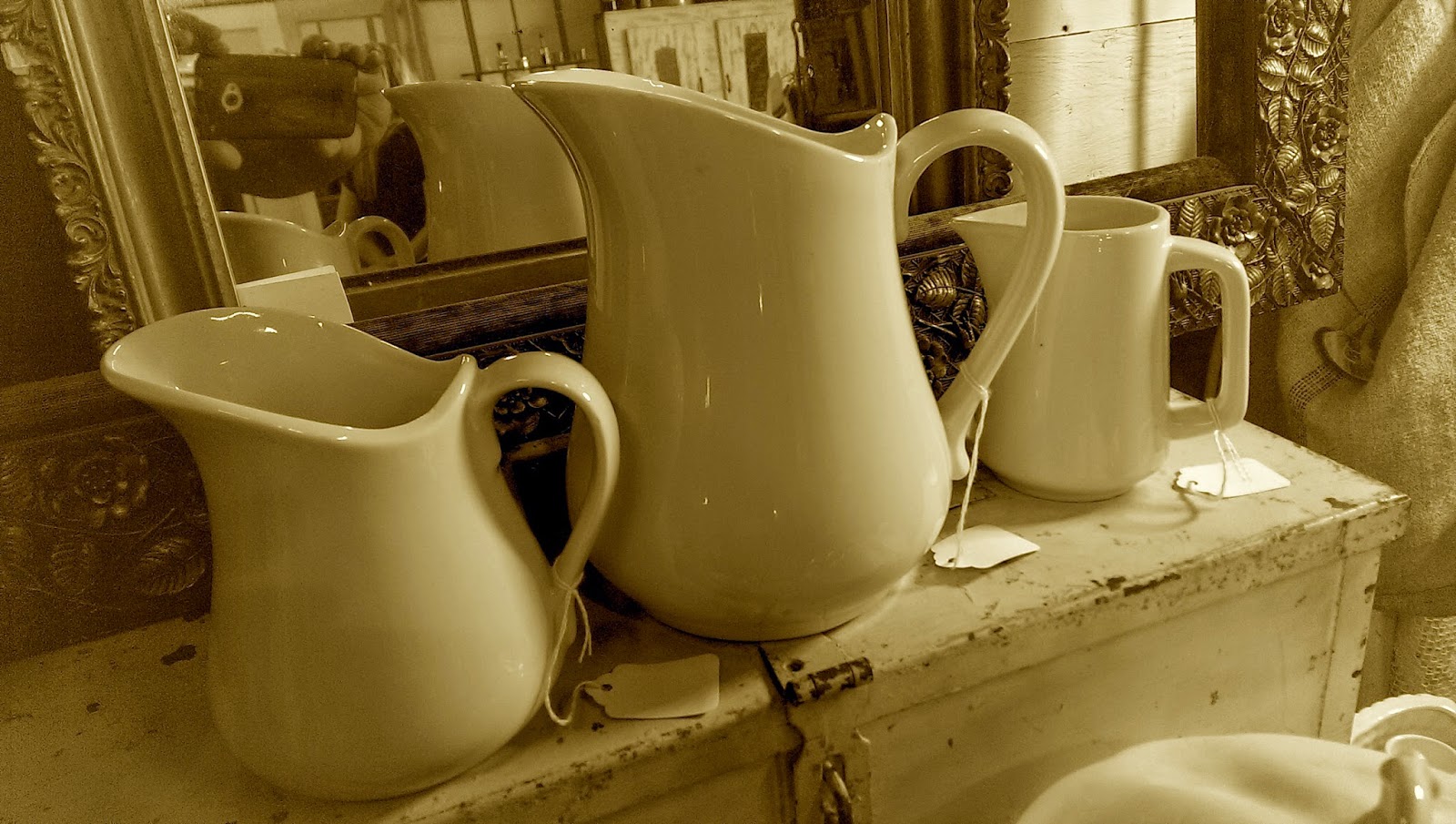
Vintage Paint By Number paintings are an ironic - and iconic - Mid-century modern art form. They are really “low brow” - anyone can do
one… But, they also fascinate us - there is something
“elemental” about their beauty and “democratic” about the fact they even
exist. Simple, graphic, and rendered by a normal person, like us!,
back in the day when mass prosperity was emerging across America. They
were… lovingly crafted… and as a result, they are easy to love, 50 years
later. Over the past several years, I’ve seen vintage PBNs become more
and more collectible. And on occasion, we see folks get epic with the
art form and create their own Paint By Number murals, which are pretty
darn groovy. For this story, I found several great resources detailing the history of Paint By Number paintings - including important social history… and we’ll talk about how best to display paint by number art. Actually, display tip #1 and as an avid collector has done with a collection of DOG PBNs (above) - group your PBNs for maximum impact.

The History Of Paint By Number Kits:
Paint By Number kits were so common, so popular, such a part of the American decorating scheme, that the
Smithsonian created a whole exhibit around them in 2001.
Their accompanying educational website, still online today, is an
awesome resource for Paint By Number history. Their introduction gets
right to the point and says that, while Americans loved their PBNs,
critics had a snit fit:
Paint by Number: Accounting for Taste in the 1950s
revisits
the hobby from the vantage point of the artists and entrepreneurs who
created the popular paint kits, the cultural critics who reviled them,
and the hobbyists who happily completed them and hung them in their
homes. Although many critics saw “number painting” as a symbol of the
mindless conformity gripping 1950s America, paint by number had a
peculiarly American virtue. It invited people who had never before held a
paintbrush to enter a world of art and creativity.

The Smithsonian explains
who invented the kits - go, Detroit! - and how quickly the phenomenon took hold:
The making of the fad is attributed to Max S. Klein, owner of the Palmer Paint Company of Detroit, Michigan, and to artist Dan Robbins,
who conceived the idea and created many of the initial paintings. Palmer Paint began distributing paint-by-number kits under the Craft
Master label in 1951. By 1954, Palmer had sold some twelve million kits.
Popular subjects ranged from landscapes, seascapes, and pets to
Leonardo da Vinci’s The Last Supper. Paint-kit box tops proclaimed,
“Every man a Rembrandt!”
Interestingly - and not surprising to me, at all - the Smithsonian
says that Dan Robbins wanted the first kits to be exploration of modern
art, cubism and the like. No way, said America! Folks wanted cozy
landscapes and such. Yes: Colonial and Early American, not those
hi-falutin modernist things.
The Smithsonian exhibit also explored the growth of leisure and how
that helped fuel pursuits like PBN painting. Paint By Number gets “deep”
when considered in the context of the continuing growth of democracy
and meritocracy in America. I love this aspect of American culture. Love love love it.
The Smithsonian says:
Writing in Life magazine in the late 1950s, cultural
critic Russell Lynes set out to describe the popular pastimes of the
“new leisure.” He observed that the usual markers of class-education,
wealth, and breeding-no longer applied. The one thing that mattered was
something that everyone had. That something, Lynes explained, was free
time. In postwar America, class had become a matter of how one spent his
or her free time.
Over the decades, the Smithsonian curators say, the Paint By Number
aesthetic became so ingrained in our culture that other artists began to
use it as a political launching point for their work. Kind of Andy
Warhol-esque stuff. By around the year 2000, vintage PBNs started become collectible. Today
in 2015, I’d say they are super collectible - although prices are still
“affordable”, especially if you find these at estate sales where I
live, because everyone did PBNs!...REMEMBER, there are 12 million Craft Master PBNs
out there!
Following the death of Max Klein in 1993, his daughter,
Jacquelyn Schiffman, donated the Palmer Paint Co. archives to the
Smithsonian Museum of American History. The Palmer Paint Co. is still in business, and in 2011, they
introduced two, 60th anniversary prints, which are still available for
sale today.
You can buy them here.






%2B(2).jpg)























.jpg)

